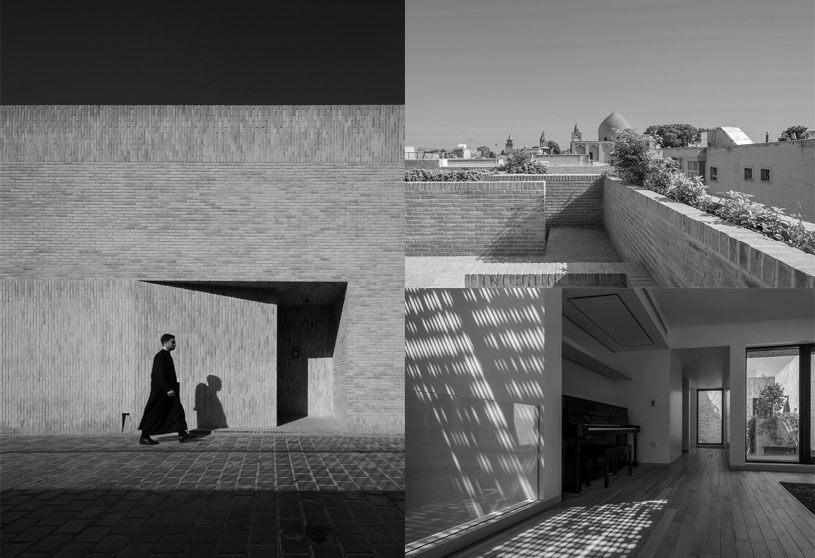(“Text as submitted by architect”)
 Mohammad Arab
Mohammad Arab
He graduated from Azad University of Isfahan and has worked as an urban designer for ten years. He established USE Studio and has been the lead designer and manager.
 Mina Moeineddini
Mina Moeineddini
She graduated from the Azad University of Isfahan in 2007. She worked with some other architecture firms, like Bracket Studio as a lead architect and Polshir Consultant as a designer. She has some individual experience teaching at a couple of universities in Isfahan. She founded USE Studio in cooperation with Mohammad Arab and has been working in this studio as a designer.
 Elaheh Hajdaei
Elaheh Hajdaei
She has a master’s degree in architecture from the University of Sheffield, UK, and has been working at USE Studio since 2013 as a full-time architect and project manager.
Practice Ideology
This studio, which has continued its activity in the field of architecture and the city until today, has always tried to understand the conditions that define the context and content of the projects with a fundamental view and a strategic approach in the face of various types of this field. Therefore, in dealing with many projects, what is important is not only the visible text (physical) or the function presented (initial plan) by the employer but also analysing and examining the hidden layers of the context, communication, and dialectics of the human with the designed space. How does architecture, over time, affect the states and behaviour of contemporary man and his daily life, or what effects does architecture as a cell of the context have on it over time?
USE Studio, during the past period (2012–2024), has tried to deal with types like single-family housing, residential complexes, schools, working spaces, multi-purpose spaces, and restoration projects with a critical look at today’s architecture, an empiricist approach, and a process-oriented approach to discuss the above issues, so that maybe along this path, it will gain a close understanding of the concept of “contemporary.”

